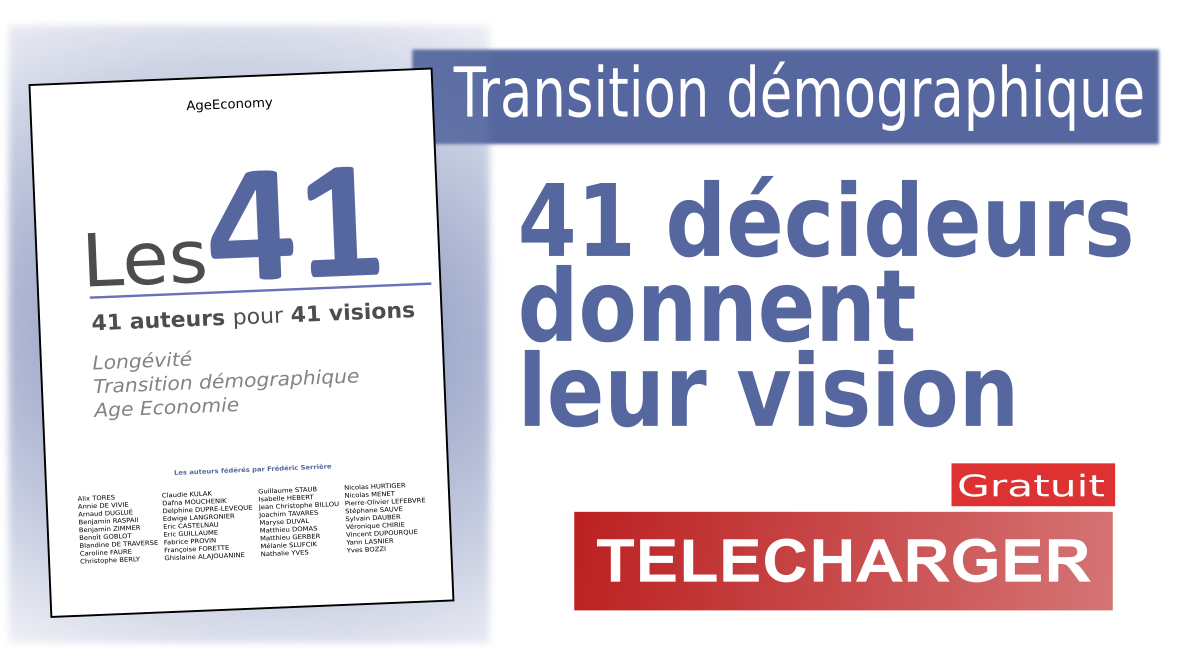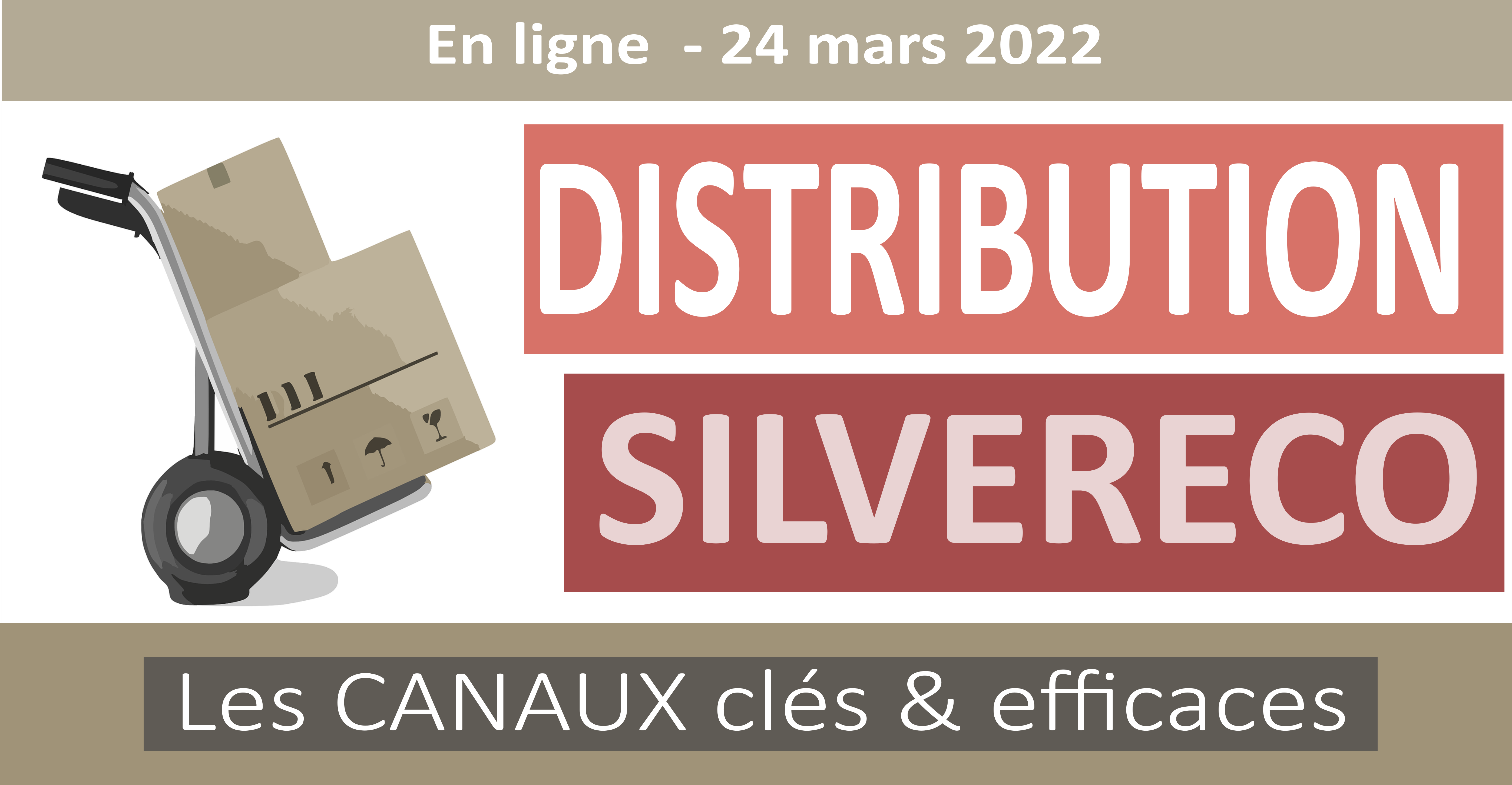As America’s 78 million baby boomers become
increasingly unsettled about looking and feeling old there is an opportunity
for marketers to take advantage of a new anti-ageing market, according
to a recently published research brief available from FIND/SVP.
The research brief, titled, ‘Opportunities in the $45 Billion Anti-Ageing
Market: How to Win in the Fight to Stay Young,’ describes the scope
of this growing demographic category and the opportunities that exist
for the marketing of related products. FIND/SVP estimates that sales
of anti-aging products and services in 2002 totaled more than $42.7
billion and could increase by as much as 50 percent over the next
five years.
The potential for this anti-aging market is emphasized by the rapid
growth in the number of baby boomers, ‘Between 1995 and 2010, the
45+ age bracket will have grown 38 percent, while the general population
will have only grown 13 percent,’ according to Howard Waxman, FIND/SVP
consumer products and services expert and author of the research brief.
The brief analyses the scope of the market for five anti-aging categories,
including cosmetic treatments and surgery, exercise and therapy, food
and beverages, vitamins, minerals and supplements, and cosmetics and
cosmeceuticals. For example, cosmetic treatments such as botox, collagen
injections, chemical peels, dental whitening and laser treatments,
will account for the largest chunk of anti-aging spending by 2007
with a projected $11 billion in revenues. Other marketers are poised
to take advantage of the anti-aging movement, including health clubs
and exercise equipment manufacturers for which FIND/SVP projects revenue
to reach as much as $13 billion by 2007.
‘As the nation’s baby boomers aspire to live longer and healthier
lives, marketers throughout the country are looking for the best methods
to sell to this captive audience and boost profits,’ said Andy Garvin,
Founder and President of FIND/SVP. ‘With baby boomers controlling
43 percent of the nation’s disposable income last year, marketers
with the right strategic approach to the marketplace are the ones
most likely to succeed.’
The research brief offers opportunistic tips for marketers on how
to more effectively attract the anti-aging market, such as:
- Choose the appropriate niche – marketers of anti-aging products and services should target the specific needs of men and women, different ethnic groups, geographic regions, various income levels and specific body parts to be more successful than one-size fits all products and services.
- Brand extension – marketers should consider offering a related offshoot of their current products or services in order to achieve broader brand recognition in larger market segments.
- Market opportunity – baby boomers make up the majority of the anti-aging market, but there is an enticing potential to market to their offspring as parents get their kids started on anti-aging products.




